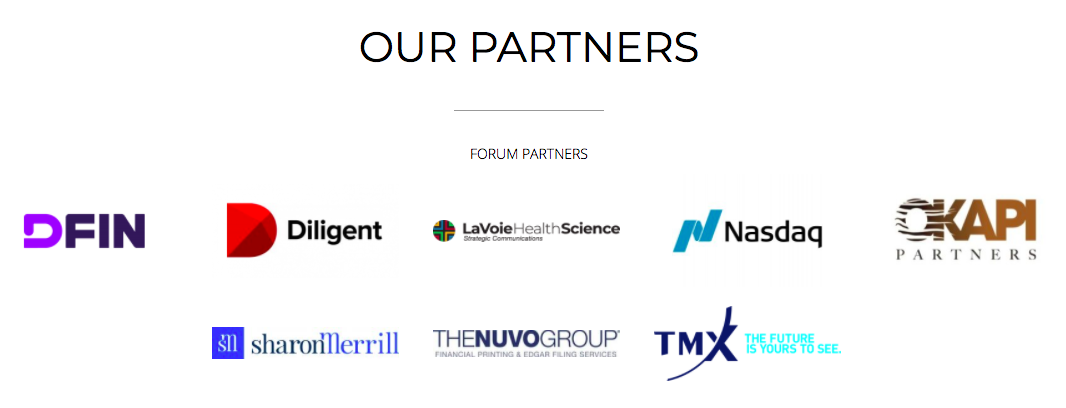Investors are increasingly creating their own proprietary ESG research and scoring methodologies, although they continue to use ratings firms as a key source of information, according to speakers at IR Magazine’s ESG Integration Forum – Summer 2020.
The forum, which took place last week in a virtual format, tackled issues such as the impact of Covid-19 on ESG reporting, the outcome of this year’s AGM season and developing a sustainability program during a pandemic.
In one session, panelists discussed the evolving way in which investors are using information provided by ESG ratings firms, such as MSCI, ISS, Sustainalytics and S&P Global, which operates the Dow Jones Sustainability Indices. Companies continue to receive significant requests for ESG information but it is not always clear how that data is being used by ratings firms and buy-side end-users.
‘Reporting companies often talk about being on a sustainability journey – and the same is really true for investors,’ said Nicolai Lundy, director of partnerships and market outreach at the Sustainability Accounting Standards Board.
Investors are ‘increasingly relying on raw data’ and have ‘less reliance on any sort of top-line rating or assessment that a third party provides,’ he said. ‘They’re starting to treat ESG ratings like they treat sell-side research, where it may inform their view and they may see there are different views depending on a provider, but it’s not often going to be the definitive view of how they think about ESG performance for an individual security.’
Not all investors are at the same point in the journey, noted Lundy. ‘Some are less sophisticated [and] newer to thinking about ESG information, or they don’t have as many resources to create a proprietary score,’ he explained. ‘So in those instances, you’ll still see that third-party information maybe carry more weight. But very rarely do we hear that it’s definitive.’
In one sign that top-line ESG scores are carrying less importance, most providers now make them publicly available. Two weeks ago, Sustainalytics said it would make its ESG Risk Ratings, which cover more than 4,000 companies, freely accessible on its website. MSCI took a similar move at the end of last year.
To understand how investors are incorporating ESG information from third parties, companies should ask in meetings as investors are often willing to provide the information, said Lundy.
He noted that investment firms may use a variety of approaches internally: ‘If you talk to specific portfolio managers or analysts, they might have a slightly different answer from somebody working on a different strategy. If you talk to somebody on the investor stewardship team or who is an ESG analyst more broadly, he or she might be able to give a broader-lens look into how different teams might be thinking about the information.’
During the panel, it was noted that State Street Global Advisors (SSGA) is an example of a buy-side firm that is very transparent about its internal methodology. SSGA has developed its own ratings system, called R-Factor, and has released information about how it operates on its website.
Issuer view
Ben Kruse, director of global ESG reporting and insights at AT&T, explained that his company reviews all the data demands from third parties and uses that information to inform its ESG reporting.
‘We try to begin with the end in mind,’ said Kruse. ‘The last couple of years, we’ve taken an inventory of all the major ratings and ranking organizations that we interact with as a company, and look at what those organizations are asking us for, either through their surveys or through their analysis of AT&T.
‘That’s a continually evolving effort… But the hope is that it makes us very proactive in our approach, that investors or analysts looking for information on AT&T can easily find it.’
Huub Savelkouls, chief sustainability officer at Philip Morris International (PMI), said it’s important to take the ESG scores of ratings providers ‘with a pinch of salt’. If you look at four major ratings agencies, they have PMI ranked first, second, third and fourth within the sector, he said. ‘You probably need to go a little bit deeper and understand the materiality used by these ratings agencies to determine the ranking.’
Ratings agencies are not always open to corporate engagement but, where they are, companies should try to start a dialogue, said Savelkouls. ‘At least talk to them and explain the business, and also correct simple errors,’ he said.
Echoing Lundy’s comments, Savelkouls said direct engagement with investors over their ESG approach offers valuable insights. ‘Most sophisticated investors may subscribe to ratings agencies but, actually, they want to know the real story and want to dig into the data themselves,’ he said. ‘And that is why we increasingly rely on disclosing on our website all the typical data people ask [for], and more.’
Panelists also discussed the best ways for smaller companies – which lack the budgets and big teams of larger firms – to get their ESG story across to the market.
‘I would suggest that companies start with the wisdom of what the investment community is asking of them, as a place to really begin to understand what the topics are that are relevant and material for you, your company, your sector,’ said Janice Warren, managing director and head of ESG reporting solutions at Nasdaq.
‘Once you’ve done that, you really can think about how that aligns with your own ESG objectives… Because so much is assessed these days based on public disclosure, if you as a small cap are not at the table, at least telling your story, thinking about your story… you aren’t choosing a very prudent course to navigate the waters.’
Click here to find out more about the ESG Integration Forum – Summer 2020.











